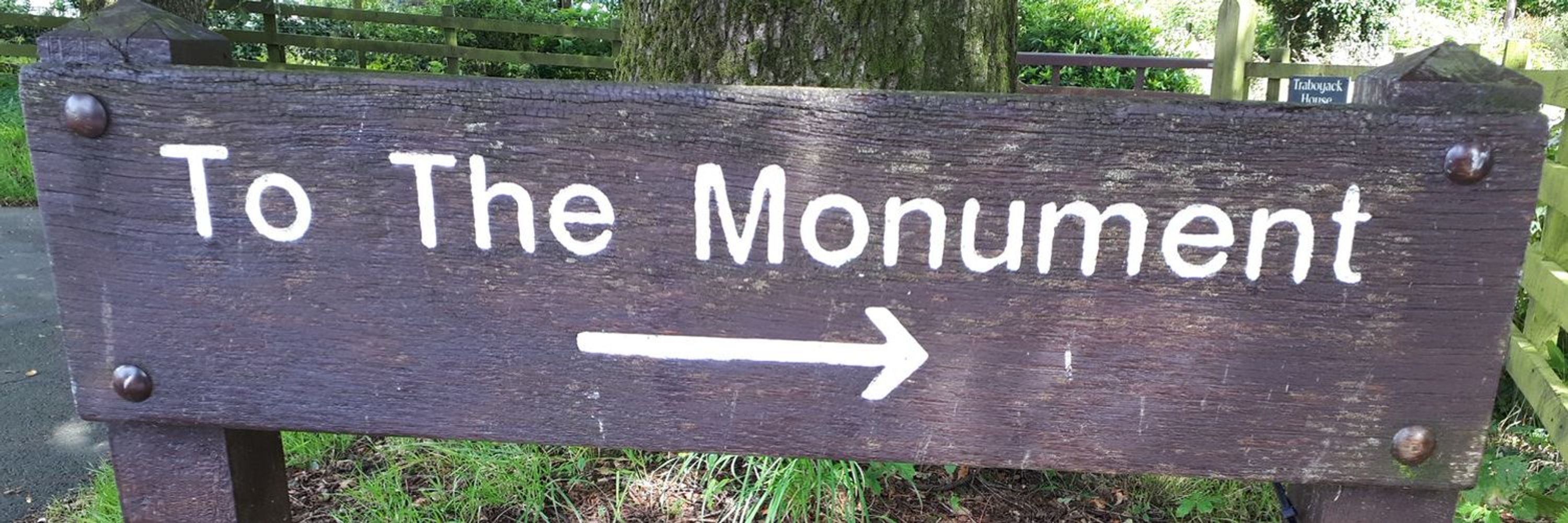

📷 an image of each monument or site
🔗 a link to the relevant post/thread.
www.google.com/maps/d/u/0/e...
Part of a 35-year old artwork that fills much of Garnethill Park, a small greenspace north of Glasgow city centre, and close to Glasgow School of Art.
Thread 🧵

Part of a 35-year old artwork that fills much of Garnethill Park, a small greenspace north of Glasgow city centre, and close to Glasgow School of Art.
Thread 🧵
📷 an image of each monument or site
🔗 a link to the relevant post/thread.
www.google.com/maps/d/u/0/e...

📷 an image of each monument or site
🔗 a link to the relevant post/thread.
www.google.com/maps/d/u/0/e...
Thread 🧵

Thread 🧵
(Thread 🧵)


(Thread 🧵)
Large, bold, generous, expansive, a little wild.
(1/2)

Large, bold, generous, expansive, a little wild.
(1/2)
(Thread 🧵)

(Thread 🧵)
(Thread 🧵)



(Thread 🧵)

(Thread 🧵)

(Thread 🧵)
(Thread 🧵)

(Thread 🧵)
(Thread 🧵)

(Thread 🧵)
(Thread 🧵)

(Thread 🧵)
(Thread 🧵)

(Thread 🧵)
(Thread 🧵)

(Thread 🧵)
(Thread 🧵)


(Thread 🧵)
Notable for its location, its re-use of a (probably) prehistoric monument, and for being that rare thing, a #HilltopMonument commemorating a woman. #StandingStoneSunday
(Thread 🧵)


Notable for its location, its re-use of a (probably) prehistoric monument, and for being that rare thing, a #HilltopMonument commemorating a woman. #StandingStoneSunday
(Thread 🧵)


Notable for its location, its re-use of a (probably) prehistoric monument, and for being that rare thing, a #HilltopMonument commemorating a woman. #StandingStoneSunday
(Thread 🧵)
(Thread 🧵)

(Thread 🧵)
(Thread 🧵)

(Thread 🧵)
⬇️

⬇️
This enormous concrete symbol can be found laid out in the grass adjacent to the ruined Kilbrannan Chapel at Skipness Point on the Kintyre peninsula, Argyll.
1/4


This enormous concrete symbol can be found laid out in the grass adjacent to the ruined Kilbrannan Chapel at Skipness Point on the Kintyre peninsula, Argyll.
1/4
(Thread 🧵)


(Thread 🧵)
(Thread 🧵)

(Thread 🧵)


